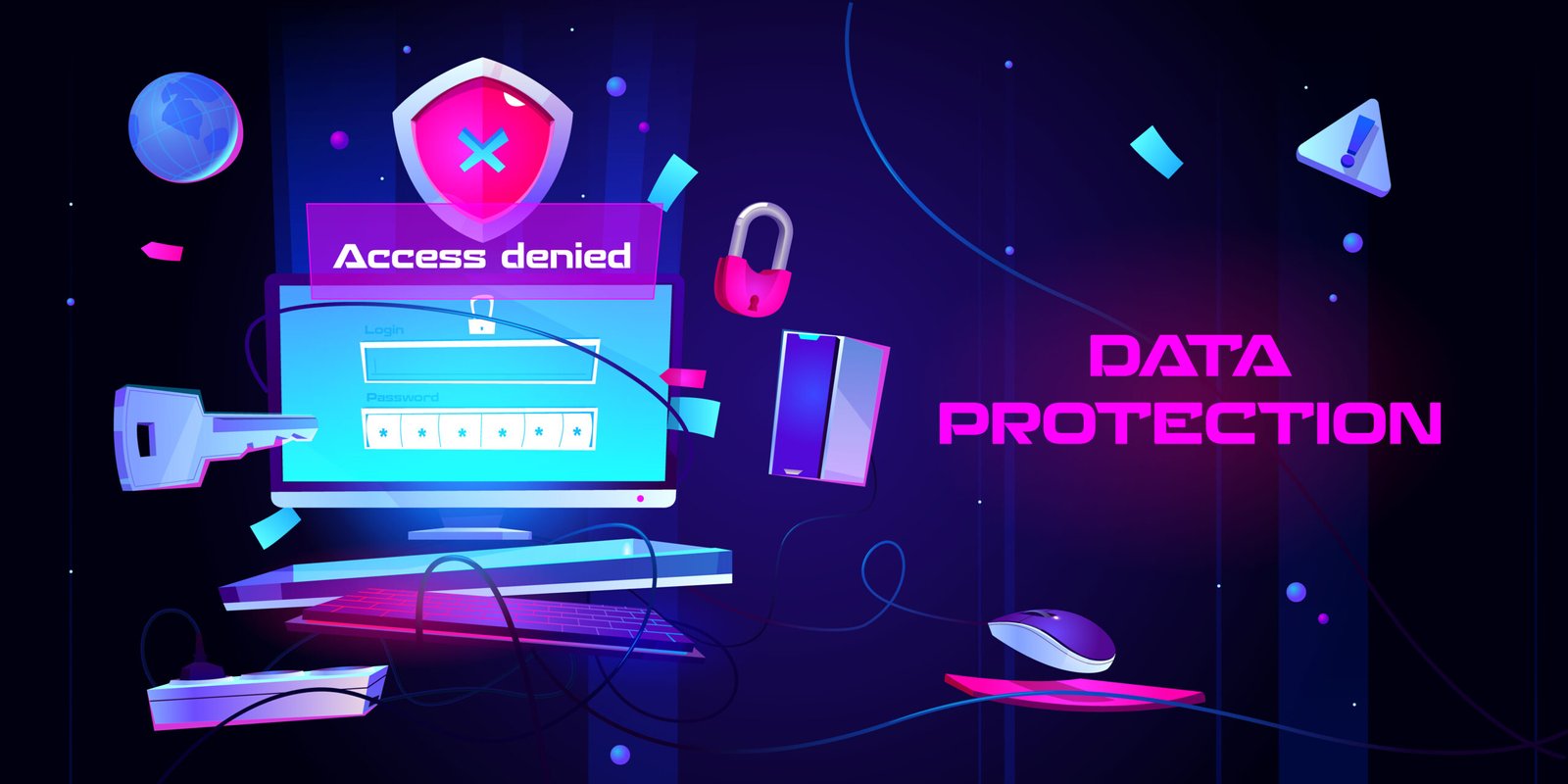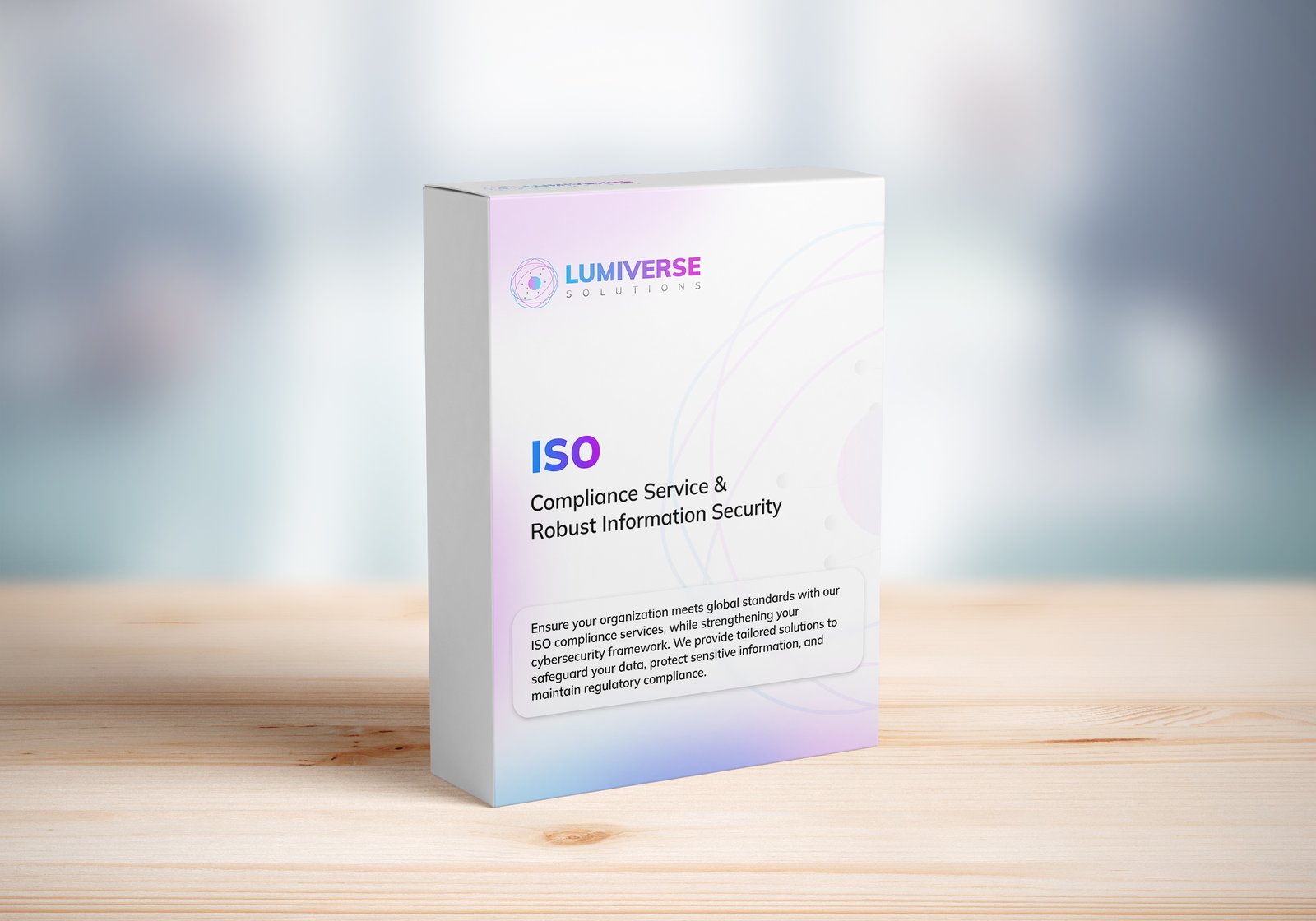The Importance of Cybersecurity in Protecting Patient Data

INTRODUCTION
The healthcare industry is increasingly being targeted by cyberattacks, so cybersecurity in health care is the new essential ingredient of today’s medicine. Considering the digitization of patient health records, telemedicine, and electronic prescriptions, the need to protect sensitive information about patients has never been as important as now. Health care organizations have to keep changing their approaches toward measures of cybersecurity in order to ensure secure protection of patient information and, ultimately, the trust of both patients and healthcare personnel.
In this blog, we’ll dive deep into why cybersecurity in healthcare is crucial, common threats faced by healthcare institutions, best practices, and emerging trends that will define the future of healthcare data protection.
Why Cybersecurity in Healthcare Matters
With increased electronic management, electronic transactions, and storage of data, health care systems process, store, and transmit exponentially more sensitive information. This includes but is not limited to: PHI, medical records, insurance, billing, and more. According to the U.S. Department of Health and Human Services, breaches of healthcare data have increased exponentially, with thousands of records being compromised each year.
Keep Patient Information Private
Patient confidentiality is not only a moral obligation but also compliance with the law. Hence, in the United States, by the Health Insurance Portability and Accountability Act, and in Europe, by the General Data Protection Regulation, any healthcare provider, any insurer, or any associate is mandated to secure patients’ data not to be accessed or disclosed improperly.
Without proper cybersecurity in healthcare, sensitive patient information could be exposed, leading to privacy violations, reputational damage, and legal consequences.

Preventing Financial Loss
Healthcare organization cyberattacks will result in serious financial loss. These losses go beyond the costs of mitigation that include fines and legal fees and the operational downtime that may prevent medical services from being delivered or
care from being provided. More importantly, the ransomware attack, which has been very prevalent in healthcare organizations, involves massive payments to be made to allow access to systems and data again.
Maintaining Operational Continuity
A cyberattack on health care can seriously disrupt health care operations. In such an attack, one could lose access to critical health care systems such as EHRs, diagnostic equipment, and patient management systems. It might be a case of delayed treatment, wrong diagnoses, or in extreme cases, patient harm.
Cybersecurity Challenges in Healthcare
While there is plenty of agreement on the importance of cyber security in healthcare, healthcare organizations face several challenges in the implementation of robust security measures. Let’s explore some of the most prominent cybersecurity challenges in healthcare.
Increasing cyber threat landscape
With sensitive information involved, healthcare has now become an important target for cybercriminals. In fact, hackers realize that health information is a gold mine, along with patient records, billing details, and insurance information. It can then be used for identity theft, committing insurance fraud, or sold to third parties through dark web networks.
Some common cyber threats are:
Ransomware: An attack by cybercriminals where they encrypt healthcare data and demand ransom for its release. Given health care is not possible without real-time data, such attacks may result in disastrous consequences.
Phishing and Spear Phishing: Deceptions done through emails by the cybercriminals who trick healthcare employees into clicking upon harmful links or entering login details and downloading malware into the systems.
Insider Threats: Employees, contractors, or business associates with access to sensitive data may unintentionally or maliciously expose patient information.
Legacy Systems and Aging Infrastructure
Many healthcare institutions still rely on legacy systems that were not designed with modern cybersecurity threats in mind. These older systems often lack proper encryption, security patches, and other critical security features needed to fend off today’s sophisticated cyberattacks. Migrating to modern, secure platforms is
essential but can be expensive and time-consuming.
IoT and Medical Device Vulnerabilities
The growing IoT is applied to health care. A few of them include connected medical devices, wearable devices, and patient monitoring devices. There will be various types of cyber-attacks possible when these IoT are used, like hacking because the security controls in some of these devices are weak, and these types of hacking would affect patient care or could possibly harm a patient.
![]()
Lack of Cybersecurity Expertise
Small clinics and hospitals are usually not abreast with the in-house required expertise for effective implementation of cybersecurity measures. Health care, much like other sectors, has also suffered from this shortage of the cybersecurity workforce. The lack of expert skills in the designated areas can completely leave health care naked to cyber threats through lack of resources and inadequate expertise.
Best Practices for Cybersecurity in Healthcare
The health organizations should adopt sound cybersecurity measures to minimize cyber threats and safeguard patient data. Some of the best practices in the protection of healthcare data are discussed below.
Encrypt data -the confidentiality and integrity of patient data can best be guaranteed through encryption. Ensuring critical information is not accessed without authorization through both encryption at rest and in motion, healthcare organizations can thus safeguard valuable data. Communications, file transfers, and records kept should also be encrypted in end-to-end mode so that should data get intercepted, it will remain unreadable to the hackers.
MFA
MFA is one of the key steps that ensure the protection of patient data through the implementation of access to healthcare systems. MFA is an authentication method that requires two or more factors for verification, such as a password and a fingerprint scan or a one-time code sent to a mobile device, before access to sensitive information is granted.
Regular Software Updates and Patch Management
Exploitation of old software vulnerabilities is one of the common entry points through which cybercriminals get access to healthcare systems. The fixes for known security vulnerabilities include updating and patch management of the software. The health
care providers must have a procedure in place so that the patches are applied timely and all systems are up to date with security updates.
Detailed Risk Assessments
Regular cyber risk assessment of medical devices, internal systems, and third-party vendors will discover all the potential vulnerabilities and mitigation strategies for such vulnerabilities. It will ultimately ensure all aspects of the infrastructure are secure from cyber threats.

Employee Cybersecurity Training
Since human error often accounts for some of the largest causes of a data breach, regular cybersecurity training for healthcare employees should be common. They would learn how to recognize phishing email and how properly to manage one’s passwords to ensure they cannot be compromised for hacking. Establishing a healthy culture of security awareness will always decrease the prospect of an attack.
Emerging Trends in Cybersecurity for Healthcare
Since cyber threats are evolving, health care organizations must stay ahead of the curve regarding preventing threats to patient data. Some of the emerging trends in cybersecurity in health care include the following:
Artificial Intelligence and Machine Learning.
Artificial Intelligence and Machine Learning are becoming essential tools for finding potential cyber security threats in the healthcare industry. These technologies allow for processing enormous amounts of data, detection of anomalies, and prediction of future security breaches. Automating threat detection helps the healthcare organizations quickly respond to new threats and thus prevent cyber attacks before they rise.
Research is going into the building blocks of blockchain technology to ensure safety for patient data. Blockchain is a decentralized, immutable ledger. It best protects against tampering and unauthorized access to data. Blockchain will thus ensure integrity about medical record accuracies, prescriptions, and data integrity that builds security and trust.
Zero-Trust Security Models
Zero-trust security has been the recent buzz in the healthcare industry. This tends to assume that all the people, devices, and systems within the network are not trusted
and, hence must be verified before access permission. A zero-trust approach can be a significant step for healthcare organizations when implemented, reducing damage from a breach and slowing down lateral movement within the network.

Privacy-Centric Health Regulations Around the world, governments and regulatory bodies are changing policies to have better healthcare cybersecurity. For instance, the GDPR in Europe sets a high bar for protecting patient data, and other countries implement similar regulations. Hence, health organizations must always remain compliant with these changing laws so as not to incur penalties and lose patient trust.
Conclusion
Cyber security in healthcare is critical to protecting patient data, ensuring the continuity of operations, and maintaining the reputation of care providers. The issues that have been concerning the health care industry range from vulnerabilities in legacy systems and IoT to simple human mistakes and threat actor insider access.
Best practices can be followed, emerging technologies can be adopted, and vigilance maintained with respect to the ever-changing threat landscape to ensure sensitive patient data protection and highest standards of care.
Cybersecurity in the healthcare industry should adapt to the pace of digital transformation in this field and eliminate any risk associated with patient information. Cybersecurity will help organizations establish further trust while delivering quality care in a safe and protected environment.
Disclaimer:
Healthcare organizations are encouraged to engage qualified cybersecurity professionals for particular security requirements and operate within the legal frameworks applicable.
Recent Posts
Categories
- Cyber Security
- Security Operations Center
- Cloud Security
- Case Study
- Technology Trends
Vulnerability Assessment & Penetration Testing (VAPT)
Buy our VAPT services to identify vulnerabilities, simulate real-world attacks, and strengthen your systems against cyber threats effectively.

iso compliance service
Buy our ISO Compliance services to streamline processes, ensure security, meet global standards, and maintain industry certifications with ease.

SOC 2 Compliance Audit
Ensure your business meets security, privacy, and compliance standards with our SOC 2 Compliance Audit services. Protect data, build trust, and stay secure. Buy our services today!

GDPR Compliance Audit Services
Ensure your organization meets GDPR standards with our expert compliance audit services. Protect data, avoid penalties, and enhance privacy practices. Buy our services today to stay secure and compliant!

Subscribe to our Research
Enter your email address to subscribe to Lumiverse Research and receive notifications of new posts by email.
Tell Us Your Opinion
We value your perspective! Share your thoughts, feedback, or questions below. Your opinion matters and helps create a richer, more engaging conversation. Let’s connect and hear what you think about this post!

